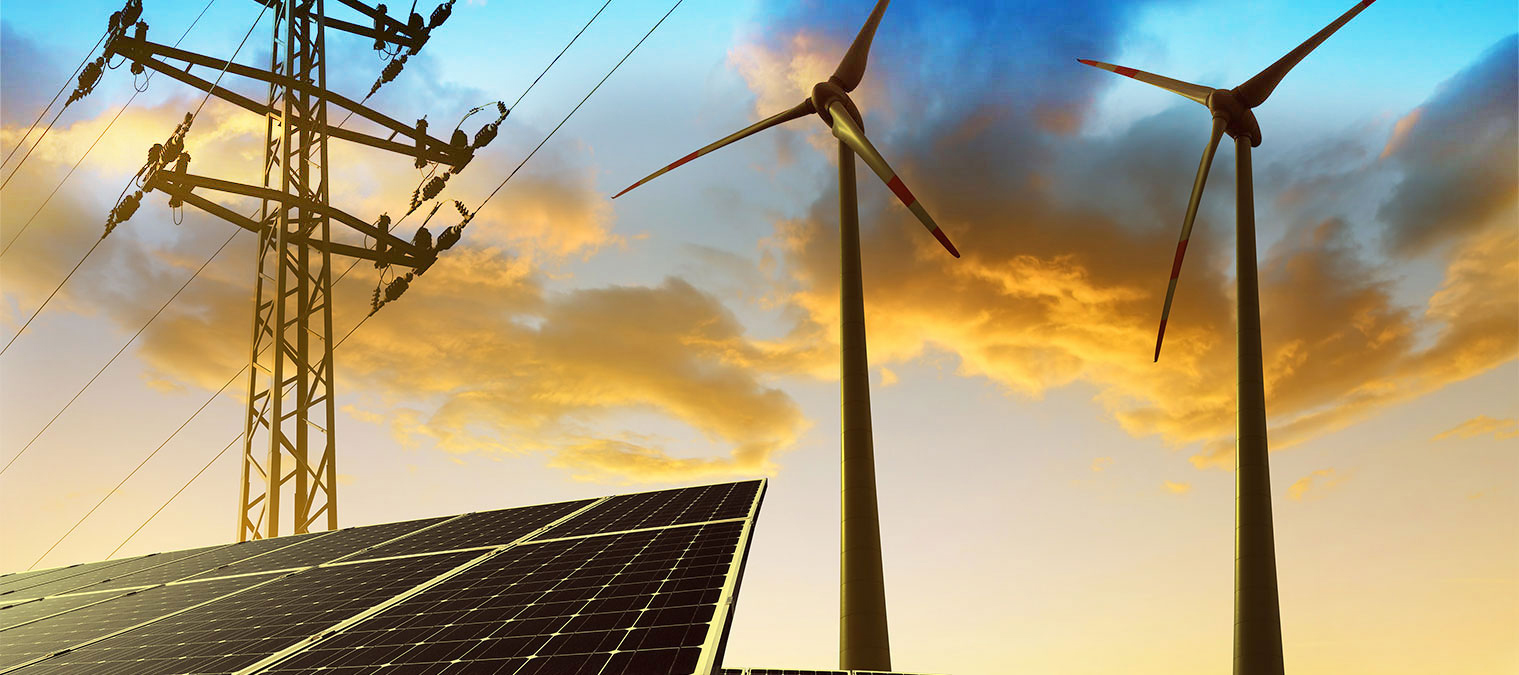The study aims to develop a methodology to carry out a technical analysis of a solar tower (ST) technology. The proposed rational approach determines the optimum solar field and the associated tower height for an ST using an external cylindrical receiver, using molten salt as both HTF and storage medium operating with steam Rankine power cycle. A case study is presented on hypothetical ST plants located at Jodhpur, for various capacities, with different hybridisation and thermal storage capacities to analyse the technical aspects. The analysis indicates that increase of plant capacities results in higher power block efficiency (19% at 1 MW and 44% at 50 MW) and lower requirement of heliostat area (9,200 m2 at 1 MW and 4,200 m2 at 50 MW). The plant with 50 MW reaches a maximum solar to electricity efficiency of 18% at a solar multiple of ~1.25 without storage. It is also observed that for six hours of storage, the highest efficiency of 18.5% occurs at SM = 2.1 and for fifteen hours of storage, it (18.9%) occurs at about SM = 3.2.
